This Is How Distant Galaxies Recede Away From Us At Faster-Than-Light Speeds

It might seem puzzling, in a Universe bound by the speed of light, that this could be true. Here’s the science behind it.
If you look out into the distant Universe, you’ll encounter galaxies that are millions, billions, or even tens of billions of light-years away. On average, the farther away a galaxy is from you, the faster it will appear to recede away from you. This shows up when you look at the colors of the stars present within the galaxy, as well as the emission and absorption lines inherent to the galaxy itself: they’ll appear to be systematically shifted towards the red.
Eventually, you’ll start viewing galaxies that are so far away that the light from them will be so severely redshifted that they’ll appear to approach, reach, and even exceed the speed of light beyond a certain distance. The fact that this is what we actually see might make you question everything you thought you knew about relativity, physics, and the Universe. Yet what you see is real; those redshifts are no lie. Here’s what makes those distant galaxies redshift so severely, and what it truly means for the speed of light.

The idea of relativity is something that most people think they understand, but it’s important to be careful because of how easily Einstein’s theory can be misunderstood. Yes, it’s true that there’s an ultimate speed for objects in the Universe: the speed of light in a vacuum, c, or 299,792,458 m/s. Only particles with zero mass can move at that speed; anything that has a real, positive mass can only move slower than the speed of light.
But when we’re talking about being limited by the speed of light, we’re implicitly making an assumption that most of us don’t realize: we’re talking about an object moving relative to another one at the same event in spacetime, meaning they’re at the same spatial location at the same moment in time. If you have two objects with different spacetime coordinates from one another, there’s another factor that comes into play that absolutely cannot be ignored.
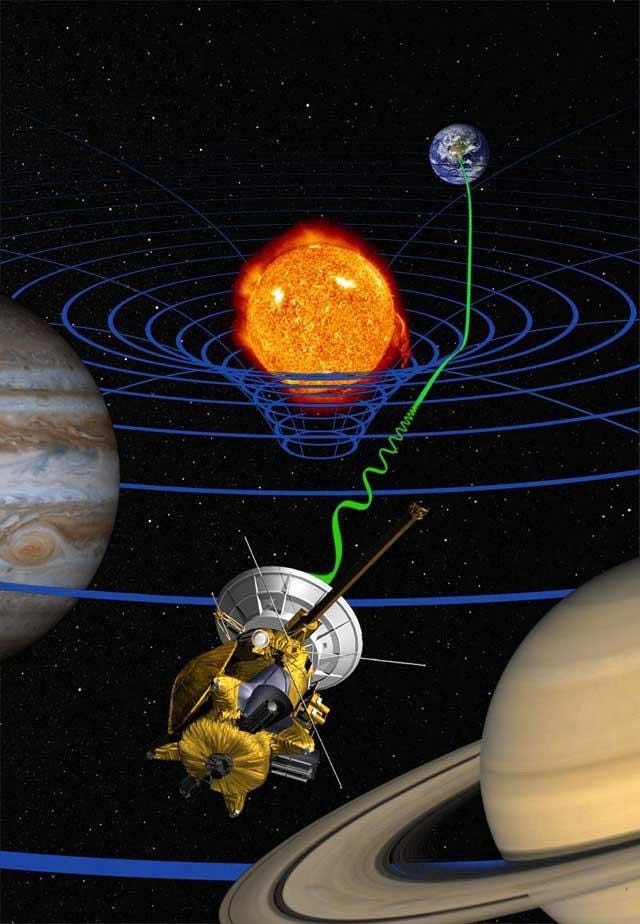
In addition to the special relativistic motion, which occurs relative to the spacetime coordinate you’re presently occupying, there’s also an effect that only shows up when you start thinking in terms of general relativity: the curvature and evolution of spacetime itself.
Whereas special relativity only takes place in uncurved, static space, the real Universe has matter and energy in it. The presence of matter/energy means that objects in our spacetime cannot be static and unchanging, but will see their spatial positions evolve with time as the very fabric of spacetime evolves. If you’re in the vicinity of a large mass, like a star or a black hole, space will be curved so that you’ll experience an acceleration towards that mass. This happens even in the absence of motion relative to the fabric of space itself; space is behaving like a flowing river or a moving walkway, dragging all objects along with it as it flows.
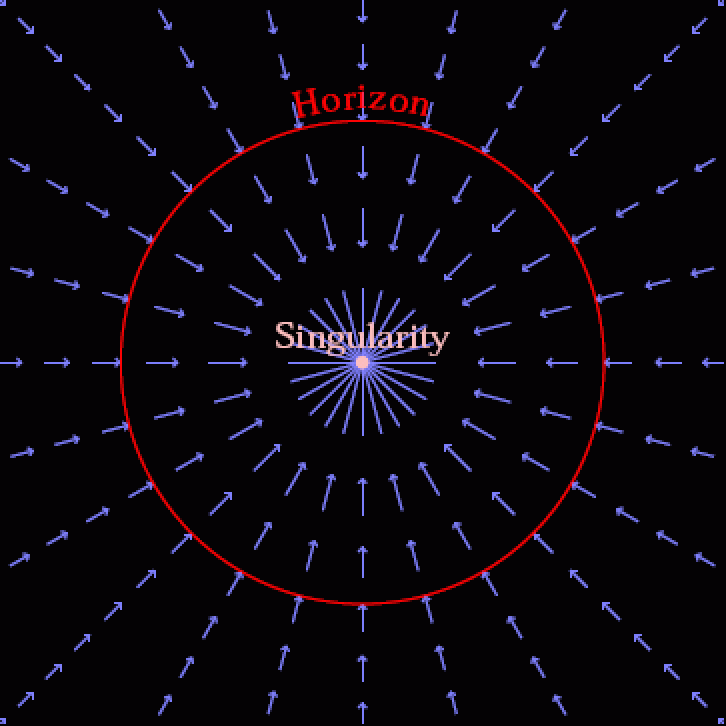
In a Universe filled with matter in a roughly uniform fashion, particularly on the largest scales, the changes that spacetime undergoes apply on scales of the entire observable Universe. Specifically, a Universe filled both homogeneously (the same in all locations) and isotropically (the same in all directions) cannot remain static, but must either expand or contract.
When Alexander Friedmann first derived the equations in 1922 that demanded this solution, little attention was paid to it. Five years later, completely independently, Georges Lemaître came upon the same solution, which he immediately sent to Einstein himself. Upon receiving it, Einstein could find no fault with the work but could not accept its conclusion, famously stating, “your calculations are correct, but your physics is abominable.” But his physics wasn’t abominable; it was the key to unlocking the Universe.
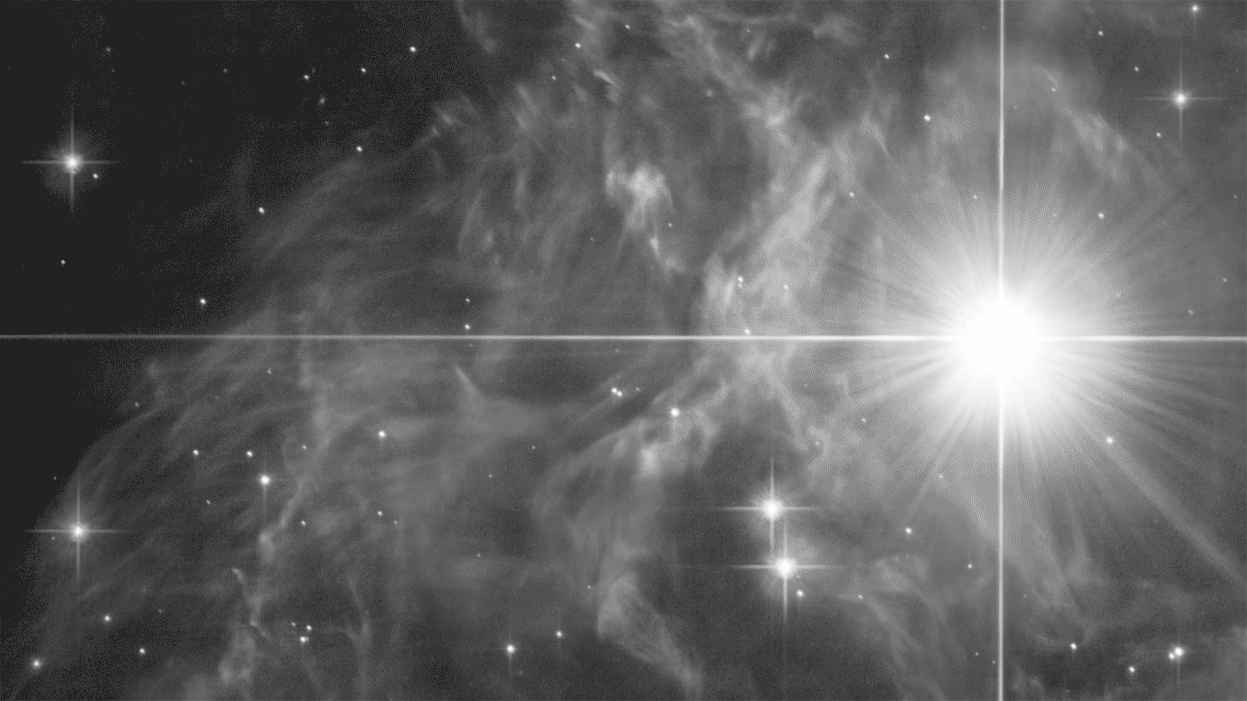
Right at around the same time — in the 1910s and 1920s — astronomers had just gained the technical capacity to make two key measurements about faint, distant objects.
- By using the technique of spectroscopy, where the light from an object can be broken up into its individual wavelengths, astronomers could identify the surefire signature of specific atoms: absorption and emission lines that occur at specific wavelengths. Based on the systematic shifting of those spectral lines, either towards the red or the blue by the same overall factor, astronomers could measure the total redshift (or blueshift) of a distant object, like a galaxy.
- By identifying specific properties of a distant object that tell you about its intrinsic properties, like the intrinsic brightness of a star or the actual size of a galaxy, as well as the apparent brightness or apparent angular diameter, astronomers could then infer the distance to that object.
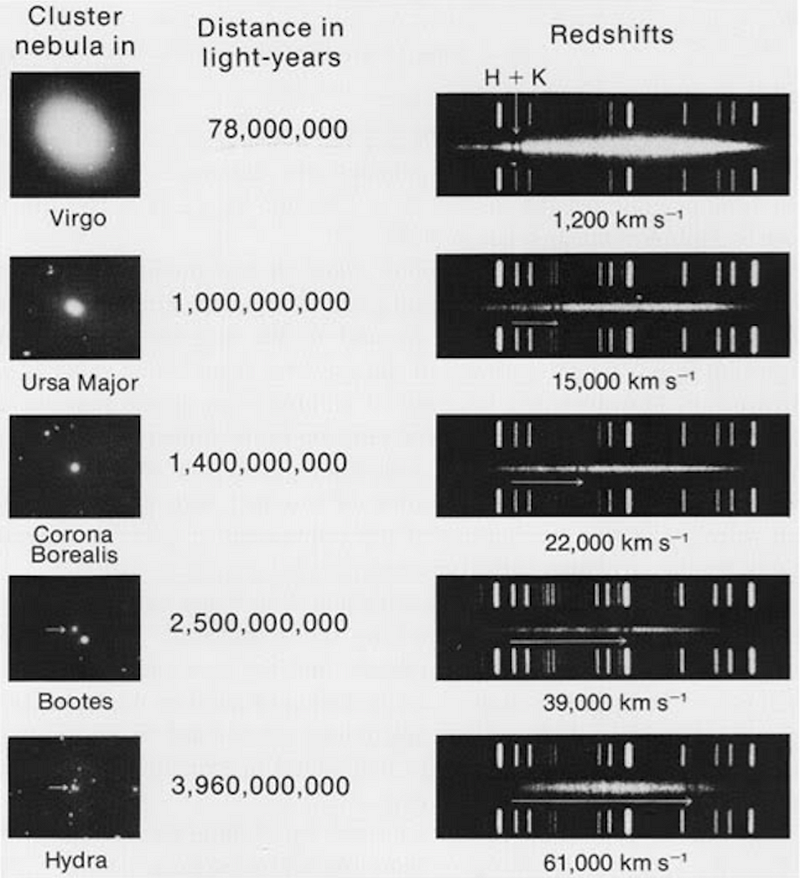
By combining both sets of observations, which scientists began to do towards the end of the 1920s, a clear pattern emerged: the farther away a galaxy’s distance was measured to be, the greater its redshift was measured to be. This was just a general trend, as individual galaxies appeared to have additional redshifts and blueshifts superimposed on top of this overall trend, but the general trend remained clear.
Specifically, the “extra” redshifts and blueshifts that appear are always independent of distance, and correspond to speeds ranging from tens to hundreds to a few thousand kilometers-per-second, but no faster. However, as you look at galaxies that are double the distance of a closer galaxy, the average redshift is double that of the closer galaxies. At 10 times the distance, the redshift is 10 times as great. And this trend continues as far as we’re willing to look, from millions to tens of millions to hundreds of millions to billions of light-years away.
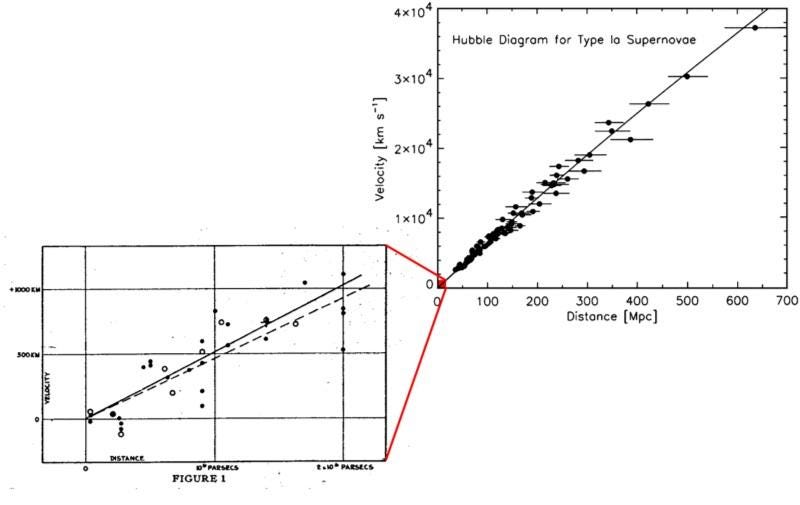
As you can see, the trend is that this relationship — between the measured redshift and distance — continues for extraordinary distances. The redshift-distance relation, known for generations as Hubble’s law (recently revised to the Hubble-Lemaître law) but independently discovered by both Lemaître and Howard Robertson before Hubble ever published it, has been one of the most robust empirical relations ever discovered in astronomy.
The standard interpretation of this trend, including the extra redshifts and blueshifts that are inherent to each individual object, is that there are two parts to every object’s redshifts and/or blueshifts.
- The component that’s due to the overall expansion of the Universe, the redshift-distance relation, is responsible for the majority of the redshifting, particularly at great distances.
- The component that’s due to the motion of each individual galaxy through space, which accounts for the “extra” perturbations atop the main trend line, is due to the special relativistic motion relative to the expanding fabric of space.
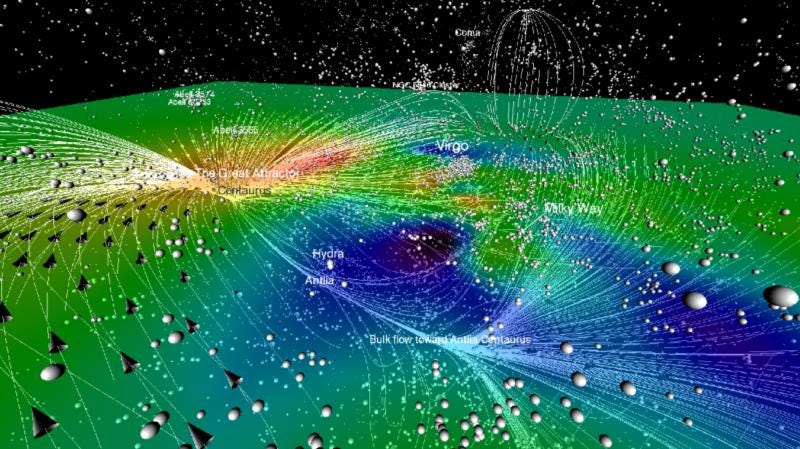
The special relativistic motions are easy to understand: they cause a shift in the wavelength of light the same way that a moving ice cream truck causes a shift in the wavelength of sound that arrives at your ear. The ice cream truck moving towards you will have its sound waves arrive at you in a compressed, higher-pitched fashion, analogous to a blueshift for light. When it moves away from you, there’s more space between each wave crest, and so it sounds lower-pitched, analogous to a redshift.
But the expansion of space plays a more important role, particularly on larger scales. If you envision the fabric of space as a ball of dough, with raisins throughout it (representing gravitationally bound structures like galaxies), then any raisin will view the nearby raisins as receding slowly in an omnidirectional fashion. But the farther away a raisin is, the faster it appears to recede, even though the raisins aren’t moving with respect to the dough. The dough is expanding just like the fabric of space is expanding, and all we can do is view the total redshift.
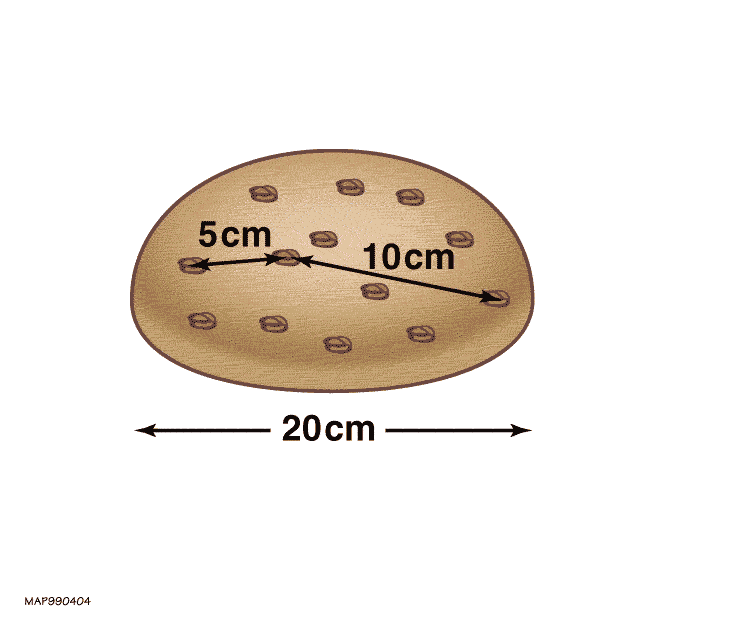
If you measure the value of the expansion rate, you’ll find that it can be expressed in terms of a speed-per-unit-distance. For example, from the cosmic distance ladder, we derive a value of H_0, the expansion rate, that’s 73 km/s/Mpc. (Where an Mpc is about 3.26 million light-years.) Using the cosmic microwave background or the features of large-scale structure yields a similar but slightly lower value: 67 km/s/Mpc.
Either way, there’s a critical distance where the apparent recession speed of a galaxy will exceed the speed of light: around a distance of 13-to-15 billion light-years. Beyond that, galaxies appear to recede faster than light, but this isn’t due to an actual superluminal motion, but rather to the fact that space itself is expanding, which causes the light from distant objects to redshift. When we examine the sophisticated details of this relationship, we can unequivocally conclude that the “motion” explanation fails to match the data.
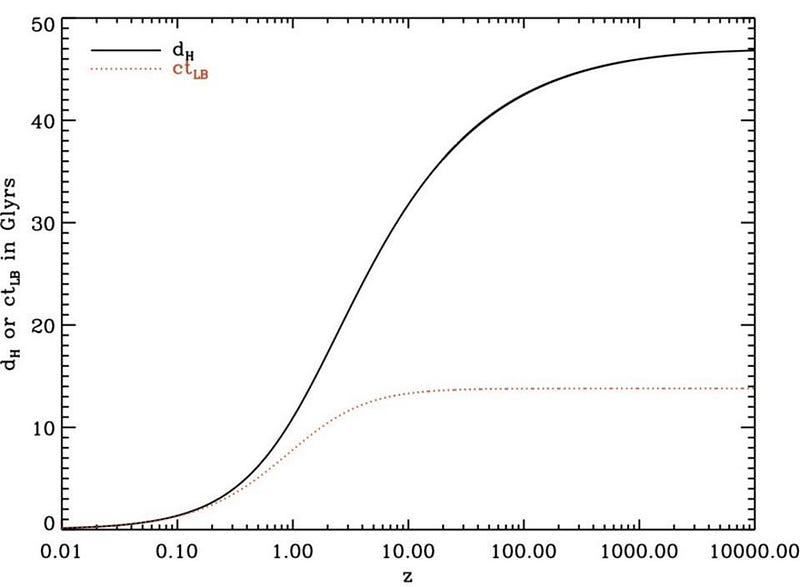
The Universe really is expanding, and the reason we see the light from distant objects as so severely redshift is due to the expanding fabric of space, not due to the motion of galaxies through space. In truth, individual galaxies typically move through space at relatively slow speeds: between 0.05% and 1.0% the speed of light, no more.
But you don’t have to look to very great distances — 100 million light-years is totally sufficient — before the effects of the expanding Universe become undeniable. The most distant galaxies visible to us are already located more than 30 billion light-years away, as the Universe just keeps on expanding and stretching that ultra-distant light before it arrives at our eyes. As we move from the era of Hubble to the era of James Webb, we hope to push that frontier back even farther. However, no matter how far we become capable of seeing, most of the Universe’s galaxies will forever be beyond our reach.
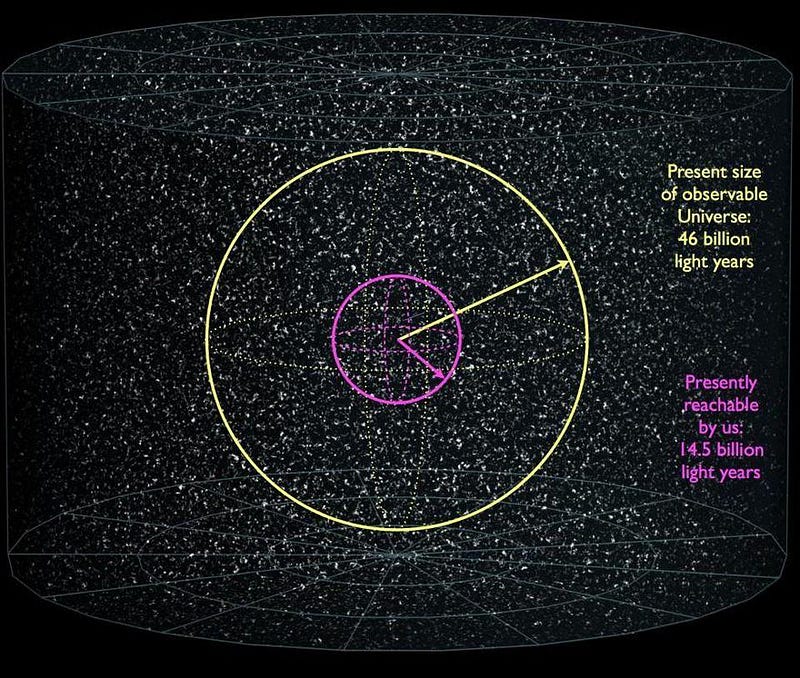
All the galaxies in the Universe beyond a certain distance appear to recede from us at speeds faster than light. Even if we emitted a photon today, at the speed of light, it will never reach any galaxies beyond that specific distance. It means any events that occur today in those galaxies will not ever be observable by us. However, it’s not because the galaxies themselves move faster than light, but rather because the fabric of space itself is expanding.
In the 7 minutes it took you to read this article, the Universe has expanded sufficiently so that another 15,000,000 stars have crossed that critical distance threshold, becoming forever unreachable. They only appear to move faster than light if we insist on a purely special relativistic explanation of redshift, a foolish path to take in an era where general relativity is well-confirmed. But it leads to an even more uncomfortable conclusion: of the 2 trillion galaxies contained within our observable Universe, only 3% of them are presently reachable, even at the speed of light.
If we care to explore the maximum amount of Universe possible, we cannot afford to delay. With each passing moment, another chance for encountering intelligent life forever slips beyond our grasp.
Ethan Siegel is the author of Beyond the Galaxy and Treknology. You can pre-order his third book, currently in development: the Encyclopaedia Cosmologica.





